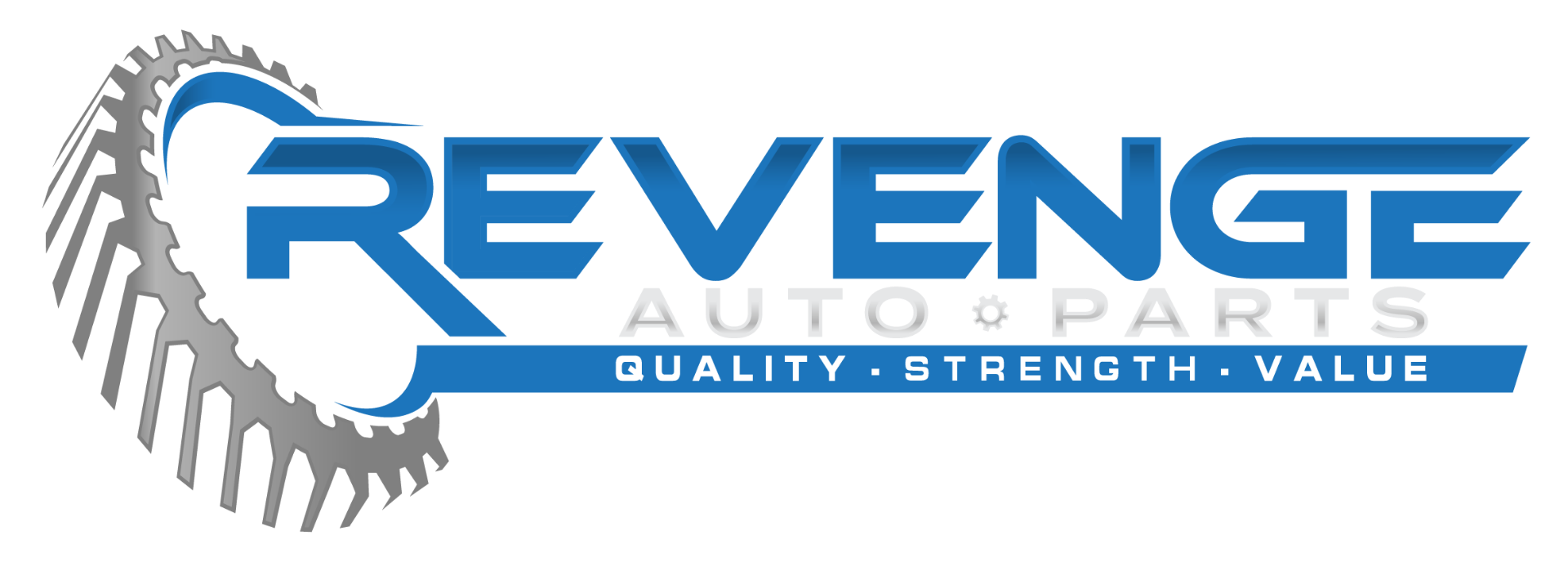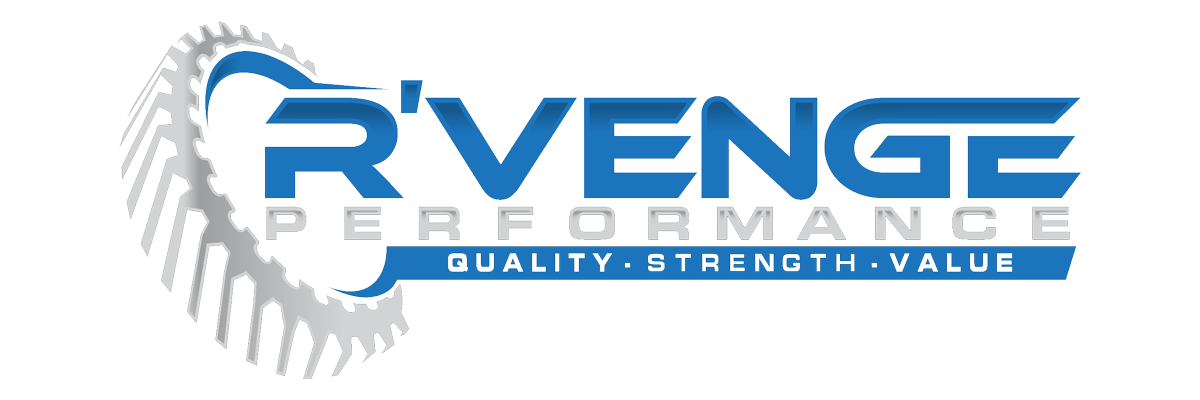In order to cost effectively offer both a front wheel and all wheel drive option Mitsubishi used a transverse layout for all 3/S cars. With the engine “sideways” in the engine bay this meant that somehow the power from the transmission needed to go back towards the rear end and make a 90 degree turn.
Mitsubishi’s solutions on the 3/S, DSM, and EVO cars are all slightly different, but they all consist of a centrally located transfer case that bolts onto the transmission and receives its power from an “output shaft” coming out of the transmission.
In the case of the 3000GT VR4 and Dodge Stealth R/T Turbo the output shaft is a dry coupling to the transfer case input spool. As a result unless the shaft and coupler are greased often rust often sets in and slowly both the input coupler on the transfer case and the output shaft from the transfer case will wear away from corrosion and the sawing action that occurs due to the ever loosening fit. Its highly recommend to use anti-size on the splines with re-installing a transfer case or transmission.
We wanted to show some examples of wear. The following is an 18 spline unit that is over 50% worn. The 18 spline shafts are not known for their strength when in new condition and with this wear level it is only a matter of time before the splines completely strip and the vcu can be damaged and the car immobilized. It does no good to rebuild a 3/S transmission and not consider the wear level of the output shaft and the corresponding t-case input spools, so both are carefully inspected as a part of any of our rebuilds. If a customer sends in a trans with a worn output shaft we will request pictures of the t-case spool splines and recommend replacement as necessary. Failure to replace on or the other will rapidly wear both parts from the loose fit.
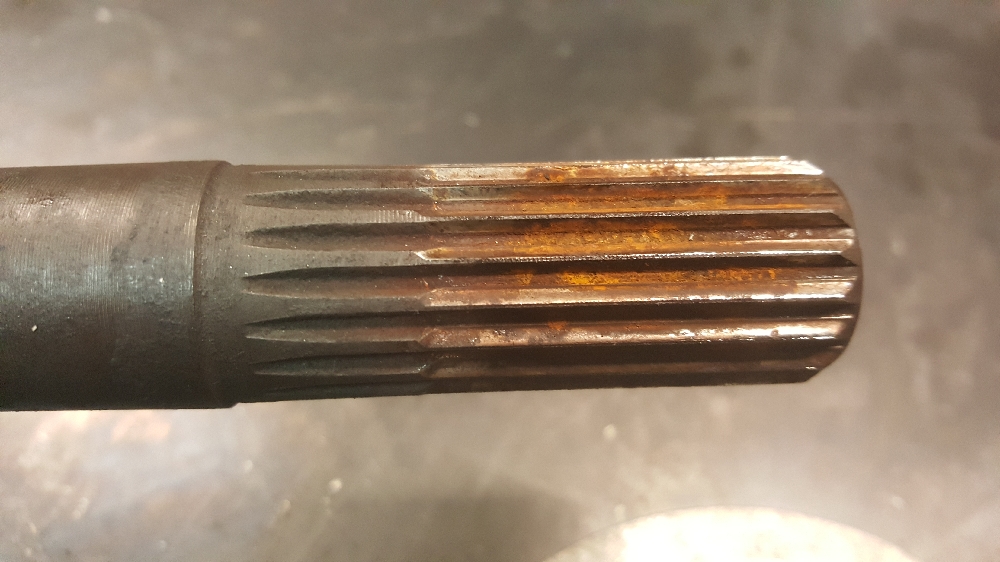
You can see where the splines are worn nearly away.
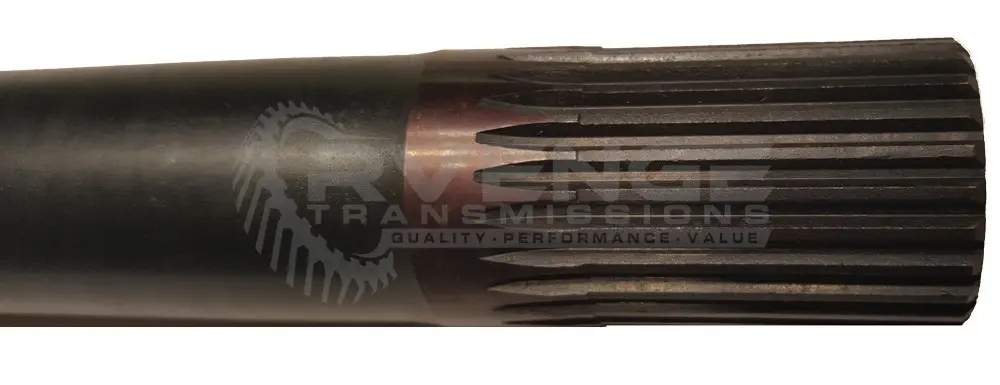
The splines are a new unit. Note this is a 25 spline example, but the 18 spline is the same design.
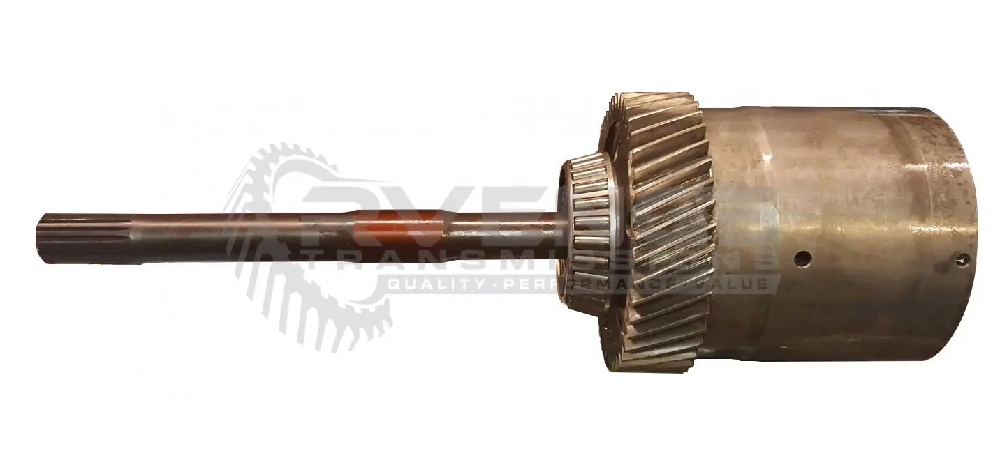
A 300m new output shaft and center differential.

